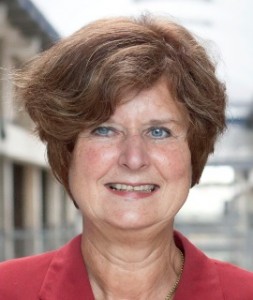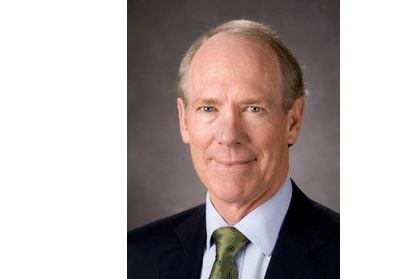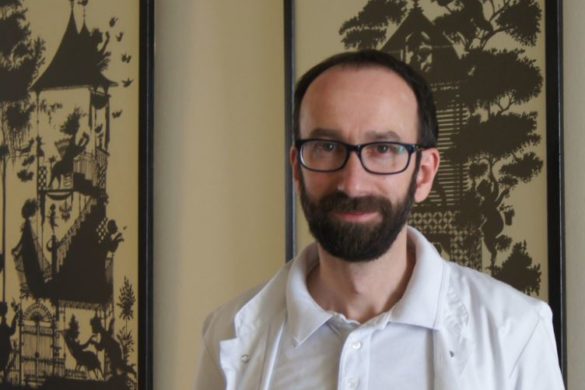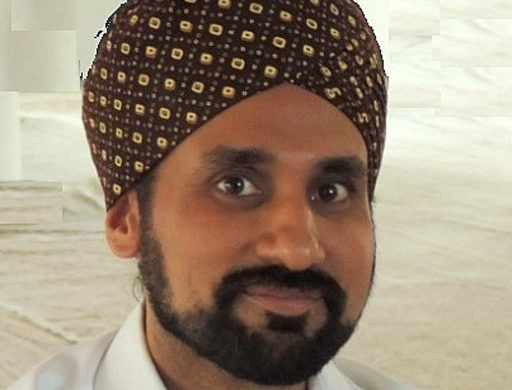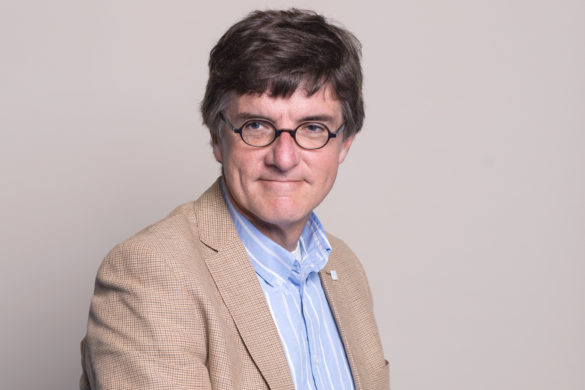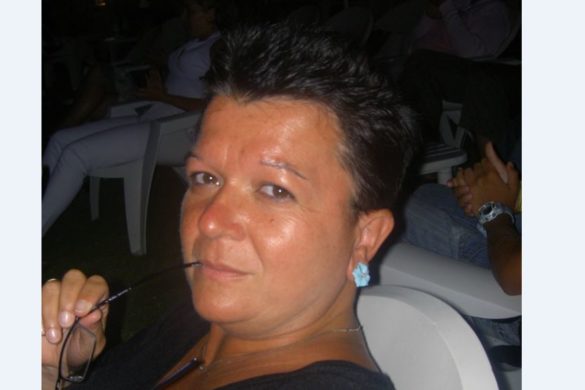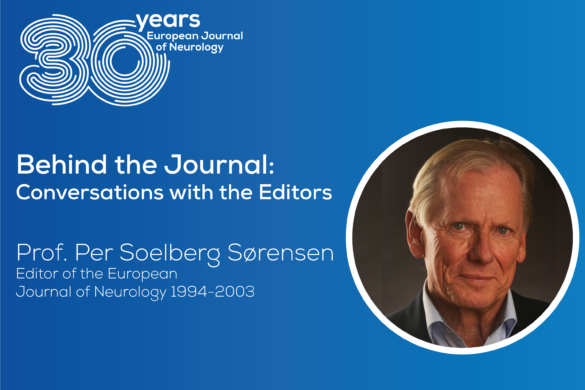Gian Luigi Lenzi (GLL): As Treasurer of the EAN, can you illustrate the role you give to EAN within the community of European neurologists?
Marianne de Visser (MdV): The Board is unanimous about the need to spend most of EAN’s income on educational activities. In the December issue of Neuropenews, President Deuschl expressed his concern about the increasing demand of neurologists and thus we need not only accommodate residents and young neurologists but also medical students should feel attracted to neurology. For that reason we now also offer undergraduate and PhD-students the possibility to become an individual member for free which provides them privileges such as attending the first EAN-congress in Berlin at a very low rate. Therefore, I call upon the chairs of the neurological departments of the teaching hospitals to identify high potentials among their students and suggest them to register (registration fee is only € 90 by 6 May 2015). Thanks to the windfall of the ENS and EFNS congresses organised in the past and thanks to all sorts of donations we are able to offer young neurologists grants varying from congress-related awards such as the PK Thomas Prize to registration-free attendance of the very well attended regional courses organized in countries in the East or the popular Spring School in Staré Splavy, Czech Republic.
GLL: EAN needs to be the overall umbrella for neurology and neurology related specialties. How can your specific work on neuromuscular diseases and palliative care bring an added value to this aim?
MdV: I consider myself a general neurologist with a specific interest in neuromuscular disorders. One of these being ALS which explains the interest in Palliative Care. In my opinion it is of utmost importance to keep a broad view on neurology since mimics may present as neuromuscular disorders whilst being caused by a lesion outside the peripheral nervous system or skeletal muscle. Neurology is closely related to neuroradiology and neuropathology for diagnosis, to intervention-neuroradiology, neurosurgery and rehabilitation medicine for management of neurological disorders. Likewise, neuromuscular disorders can only be diagnosed and managed by a multidisciplinary approach albeit with other subspecialties such as genetics, myopathology, biochemistry, pulmonology and gastroenterology. In my hospital the residents are very keen on seeing patients with neuromuscular disorders and mostly the neuromuscular teaching courses both at the ENS and the EFNS congresses were fully booked. Unfortunately, that is not yet the case for the courses on Palliative Care but the number of attendees is growing. And with good reason, because each neurologist will be faced with patients who sooner or later need Palliative Care.
GLL: What is your view, as Treasurer of the EAN, on the future of the educational grants for young neurologists allowing them to visit (short terms) and/or work (longer terms) in different neurological departments throughout Europe?
MdV: Previously, with two neurological societies, it was not infrequent for a young neurologist to have a fellowship from one society for one year and from the other society for the next year.
In response to your first question I mentioned that funding educational activities is a top priority of our Board and therefore we hope that over the years to come the pharmaceutical companies still find their way to our congresses, but also that individual membership is appreciated as it used to be before the merger of the two societies. The membership fees are also considered to be a major source of income. If the revenues are sufficient we can accommodate both the short-term and the long-term educational grants.
GLL: What is your view, as Treasurer of the EAN, on “peripheral” Teaching Courses supported (in part) by EAN?
MdV: I have once participated in the Spring School as faculty and I was very much impressed by the welcoming ambiance and hospitality of Pavel Kalvach and Magda Dohnalová who have been organising this successful course for 15 years. I have been Trustee to the World Federation of Neurology under the inspiring Presidency of Johan Aarli and he was the initiator of the teaching courses in Sub-Saharan Africa as part of his Africa-project. Since its inception EFNS has been supporting this initiative financially and I am delighted that the fruitful collaborative teaching activity (Eveline Sipido and Erich Schmutzhard from EAN and Gallo Diop from Senegal) which attracts more than 120 neurologists will be continued.
GLL: Can you share with our readers your vision on how Neuropenews can help strengthen EAN’s identity?
MdV: I fully support the eloquent description by Wolfgang Oertel. And I should like to express my gratitude to Gian Luigi Lenzi and David Vodusek who launched this successful initiative.
I must admit that I have some favourite columns which I read immediately after receiving the newly emerged issue, i.e. all ‘human interest’ (and informative!) interviews by Gian Luigi, the President’s page and the link to the E-Brain session. E-Brain is a real asset which should be advertised amongst all neurological societies. It is also a wonderful resource for the European examination. I hope and expect that the young neurologists who decided to join EAN will let us know how we can use Neuropenews to further boost EAN’s identity.
Marianne de Visser is Professor of Neurology at the University of Amsterdam Medical Centre and Treasurer to the European Academy of Neurology.

